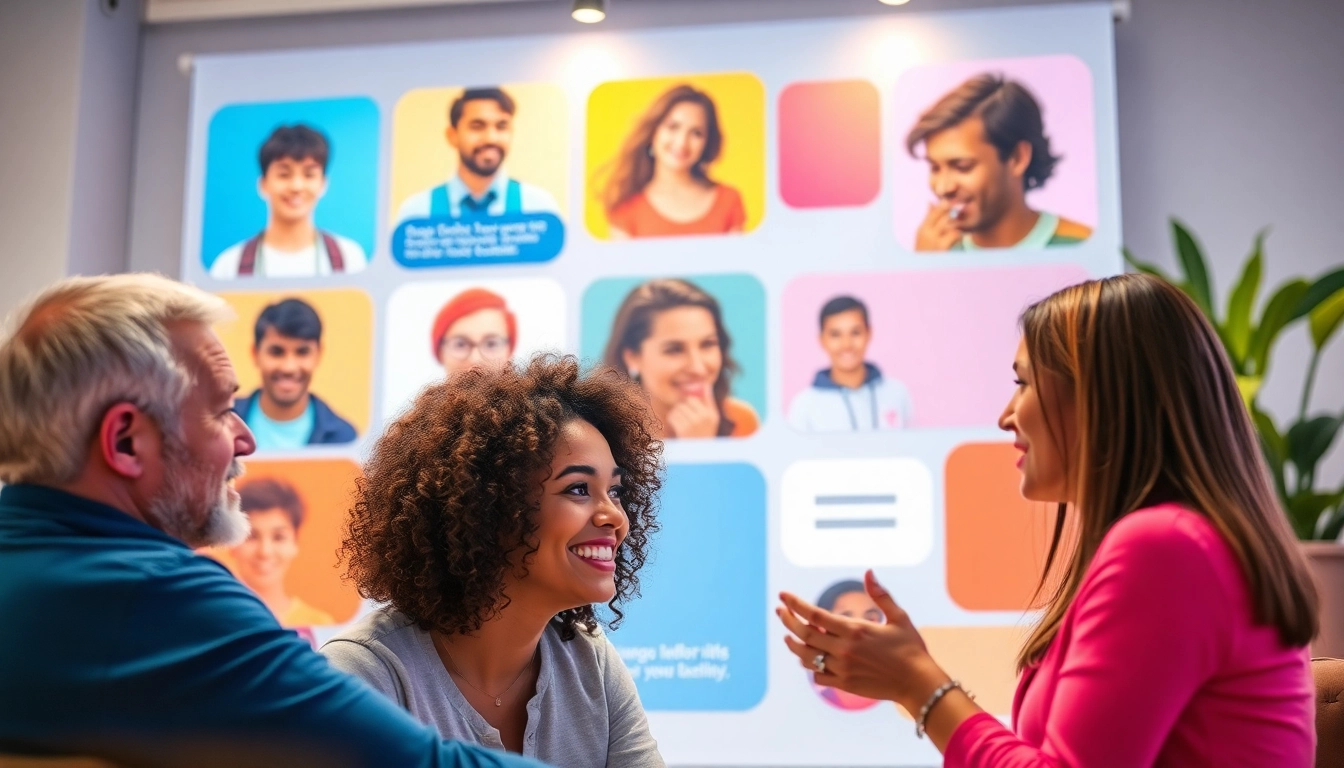Understanding the Importance of Communication in Relationships
Effective communication is the cornerstone of any successful relationship. It fosters understanding, builds trust, and enhances emotional intimacy between partners. Yet, many couples find that their communication falters over time, leading to misunderstandings and conflicts. Addressing these issues early on can significantly improve relationship satisfaction. In this article, we will delve deep into the significance of communication in relationships, exploring essential concepts, common barriers, and practical tips for improvement.
Defining Communication in Relationships
Communication in relationships encompasses both verbal and nonverbal exchanges between partners. It is more than merely talking; it involves sharing feelings, thoughts, and intentions in a way that promotes understanding and empathy. Good communication goes beyond words; it requires active engagement and attentive listening, allowing both partners to express themselves fully.
The Role of Effective Communication
Effective communication serves multiple roles in a relationship. Firstly, it allows partners to articulate their needs and desires, fostering a sense of belonging and connection. Secondly, it plays a vital role in conflict resolution. By openly discussing issues, couples can navigate disagreements without resorting to harmful behaviors. Lastly, effective communication is fundamental in building trust and emotional intimacy, establishing a safe environment where both partners feel valued and heard.
Impact on Relationship Satisfaction
Numerous studies have demonstrated a direct link between communication quality and relationship satisfaction. Couples who practice open dialogue report higher levels of happiness and stability. For instance, in a study conducted by the Gottman Institute, it was found that couples who effectively manage their communication and conflict are much more likely to maintain long-lasting and fulfilling relationships. This highlights the necessity of prioritizing good communication practices from the beginning of a relationship.
Key Concepts for Effective Communication in Relationships
Active Listening Techniques
Active listening is a critical component of effective communication. It involves not just hearing the words spoken but fully engaging with the speaker. Techniques such as nodding, maintaining eye contact, and providing verbal affirmations encourage the speaker to share more openly. Additionally, reflecting back what the partner says can help clarify their feelings, demonstrating understanding and empathy.
Open and Honest Dialogue
Open dialogue is essential in ensuring that both partners feel safe to express their thoughts and feelings. Honesty builds trust, while openness fosters vulnerability. Couples should work towards creating an environment where honesty is not only encouraged but celebrated, making it easier to discuss difficult topics. This means avoiding blame and instead focusing on “I” statements (e.g., “I feel neglected when…”) that express personal feelings rather than placing guilt on the partner.
Resolving Conflicts Constructively
Conflicts are inevitable in any relationship; however, how those conflicts are handled can determine the strength of the relationship. Constructive conflict resolution involves addressing issues calmly and respectfully. It includes avoiding personal attacks, staying on topic, and striving for compromise. Techniques such as “time-outs” can also be beneficial, allowing both partners to cool down and reflect before re-engaging in the discussion.
Common Barriers to Effective Communication
Identifying Miscommunication Triggers
Miscommunication often arises from underlying triggers or unresolved issues. Recognizing these triggers is essential in preventing future conflicts. Common triggers might include past grievances, stress from outside sources, or differing communication styles. Couples should regularly check in with each other to identify and address these issues before they escalate into significant conflicts.
Overcoming Emotional Barriers
Emotional barriers such as fear, anger, or insecurity can significantly hinder communication. When one partner feels vulnerable, they may shut down or react defensively, making it difficult to have honest discussions. Overcoming these barriers requires a commitment from both partners to understand each other’s emotional states and provide support through empathetic listening and validation.
The Role of Nonverbal Communication
Nonverbal communication plays a crucial role in how messages are conveyed and received. Body language, facial expressions, and tone of voice often speak louder than words. Couples should be mindful of these nonverbal cues, as they can either amplify or contradict verbal messages. Being aware of one’s nonverbal signals can enhance the depth of communication and reduce misunderstandings.
Practical Tips to Enhance Communication in Relationships
Practicing Empathy in Conversations
Empathy is the ability to understand and share the feelings of another person. Practicing empathy in conversations can significantly improve communication. Couples can enhance empathy by intentionally placing themselves in their partner’s shoes and seeking to understand their perspective. Techniques such as expressing empathy through verbal affirmations (“I understand that you feel…”) can foster deeper emotional connections.
Implementing Regular Check-Ins
Regular check-ins can serve as a proactive way to address issues before they escalate. Setting aside dedicated time each week to discuss feelings, concerns, and appreciation can provide a structured environment for open dialogue. These sessions encourage both partners to share their thoughts without the pressure of immediate issues disrupting the conversation.
Using Technology to Foster Connection
In today’s digital age, technology can be a valuable tool for enhancing communication. Couples can use texting or video calls to stay connected throughout the day, share quick thoughts, or maintain intimacy even when apart. However, it is crucial to strike a balance and ensure that technology does not replace face-to-face communication, which is vital for emotional connections.
Measuring Communication Effectiveness in Relationships
Signs of Healthy Communication
Healthy communication is characterized by several signs: mutual respect, active listening, openness, and a willingness to compromise. Couples who frequently express gratitude and appreciation for one another often have robust communication dynamics. Recognizing and celebrating these indicators of healthy communication can motivate partners to continue fostering positive exchanges.
Assessing Relationship Satisfaction
Periodic assessments of relationship satisfaction can help gauge how well communication practices are working. Couples can use tools such as relationship satisfaction surveys or guided discussions to reflect on their emotional connection and communication effectiveness. This self-assessment can create a platform for identifying areas for improvement and reinforcing positive behaviors.
Continuously Improving Communication Skills
Communication skills can always be refined and improved. Couples should be open to feedback and willing to adapt their communication styles. Engaging in workshops, reading books on relationship communication, or even seeking professional guidance can provide valuable insights and strategies. Continuous learning fosters growth both individually and as a couple, ensuring that communication remains strong and effective throughout the relationship’s lifecycle.



